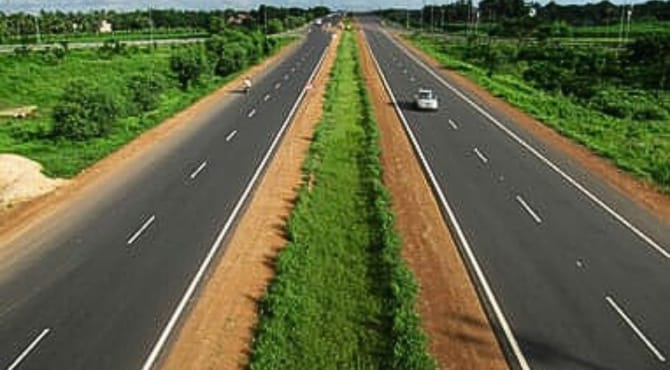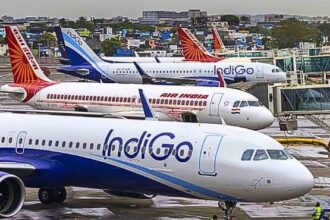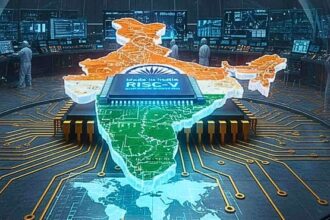In a very revolutionary manner of road maintenance in India, the National Highways Authority of India (NHAI) is going to dispatch Network Survey Vehicles (NSVs) in 23 states. These futuristic vehicles will scan over 20,000 kilometers of National Highways by utilizing technology to detect road surface damage, sort repair works, and make travel safe. The launch of this program is one of the boldest moves towards data-driven public works management in the country.
The highway network in India, which covers more than 146,000 kilometers, is the mainstay of the country’s transport and trade system. The management of such an enormous network has been a problem for a long time because of the manual inspection methods and irregular maintenance cycles. NHAI, aware of this fact, is deploying technology for Indian highways to be up to the mark with regard to safety and quality as per international standards.
Each NSV boasts 360-degree ultra HD cameras, onboard laser scanners, and other sensors such as a Differential GPS, an Inertial Measurement Unit, and a Distance Measuring Indicator. None of these devices need any human intervention to run their operations since they do it automatically. This technology is capable of pinpointing the location of cracks, wear and tear, depressions, and potholes and also measuring the area involved at high accuracy, thus rendering manual inspection unnecessary and ensuring the collection of fair and unbiased data.
The information collected will be sent to the AI-powered ‘Data Lake’ gateway of NHAI for processing. Here, the analysts study the data, and the findings are used to decide on repair and maintenance work through the generation of reports. Thus through this, maintenance will be done regularly, road life will be extended, and the Indian highways will remain in good condition.
The initiative is expected to generate cash flow savings for citizens as a result of the cut in maintenance costs and the elimination of expensive repairs brought about by the delayed response. Examination with NSVs will be conducted every six months, covering all major projects, whether 2-lane, 4-lane, or 8-lane. The whereabouts of these results will be in the Road Asset Management System that will enable India to develop a long-term digital record of her highway condition.
To make this idea a reality, NHAI has opened bidding for companies who are qualified and experienced in the collection, and analysis of highway data. Eventually, this will be the maintenance model of the future in India, i.e., a move from reactive to proactive maintenance, which is already standard practice in the developed world.
What makes this development particularly significant for India is its timing. As the nation continues to expand its road connectivity under ambitious projects like Bharatmala and Gati Shakti, maintaining existing infrastructure is equally vital. Poor road conditions not only slow down logistics but also contribute to accidents and higher vehicle operating costs. By integrating Al, sensors, and digital mapping, NHAl’s initiative promises to make India’s highways safer for millions of daily commuters, and more reliable for the country’s growing logistical demands.
Specialists believe that the step might revolutionize the handling of road infrastructure leading to India becoming a technology leader among developing countries in that aspect. It is a move in the direction of transparency, data-based decision-making, and sustainable infrastructure growth, which are the cornerstones of a fast-modernizing economy.
The NHAI’s decision to deploy Network Survey Vehicles marks a turning point in India’s road management strategy. With real-time data, Al-powered analysis, and regular digital inspections, the country is moving toward a future where highway maintenance is smarter, faster, and safer. For over a billion citizens who rely on these roads daily, this initiative signals more than just better infrastructure-it represents India’s commitment to safety, innovation, and progress on the road ahead.









